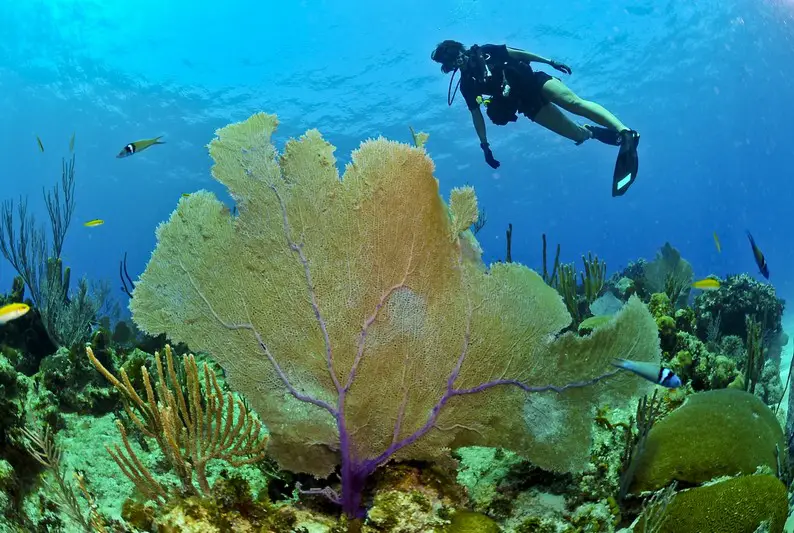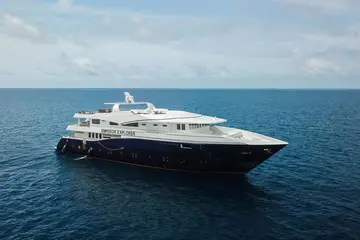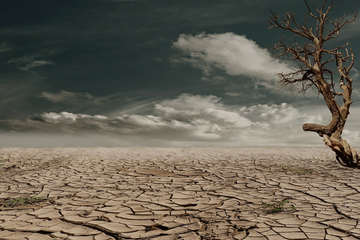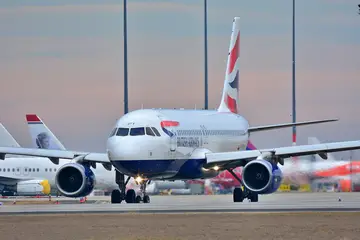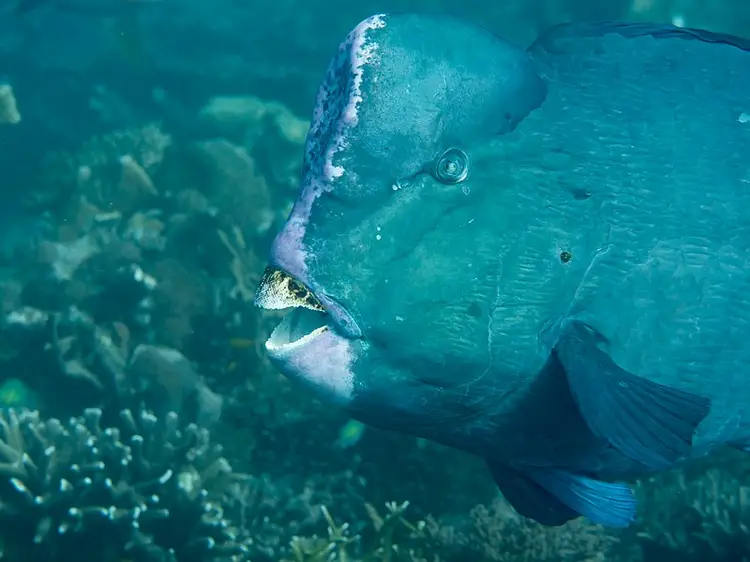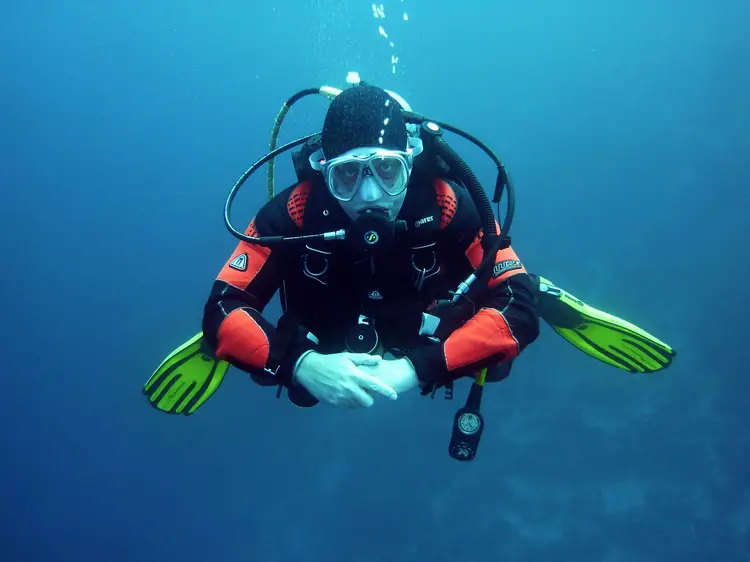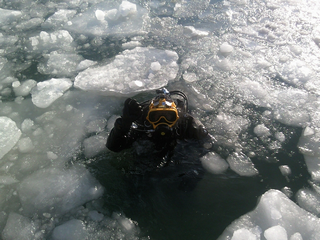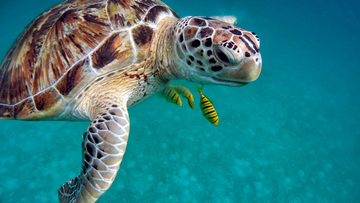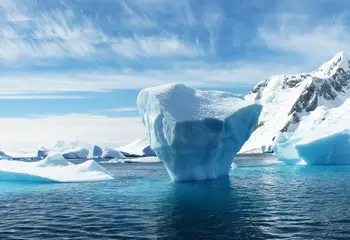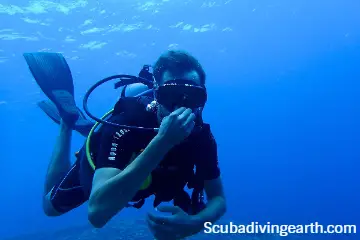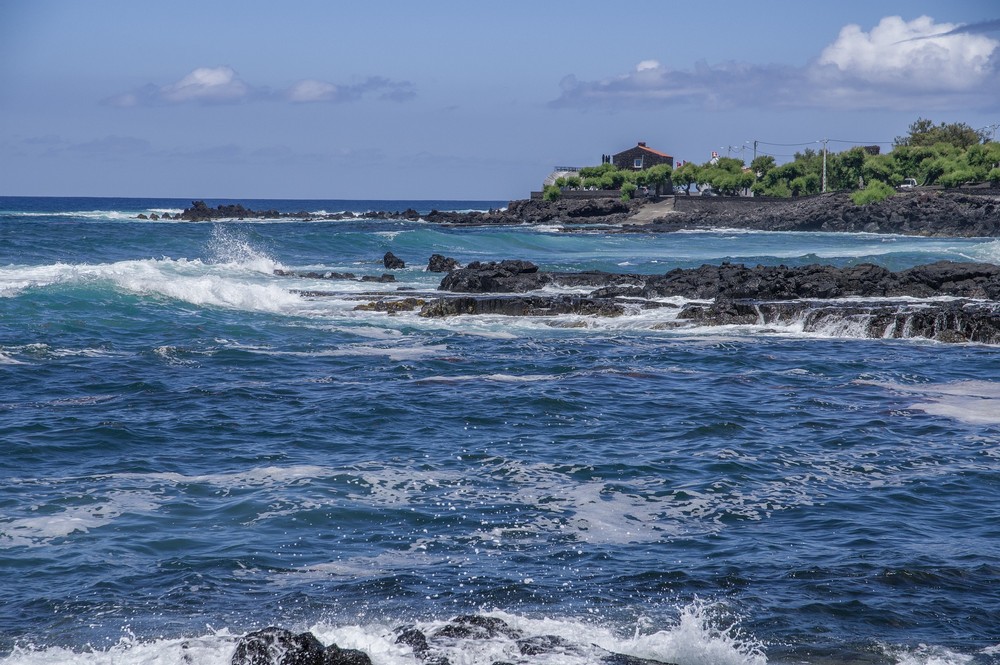Each day you spend on a liveaboard dive boat usually consists of diving, eating and relaxing. Most mornings you’ll go for a dive before you have your breakfast. After this first dive of the day you’ll eat your breakfast, before relaxing whilst you’re on your dive interval. This first dive interval is followed by a second dive, which is followed by your second dive interval, during which you’ll have lunch and spend more time relaxing. Then, and depending on the liveaboard, you’ll do a further two dives, which in some places will include a night dive.

